Durian gets talked about mostly because of its strong smell. It’s the kind of fruit that some people really like, and others avoid completely. You might have seen videos of people opening one up for the first time — usually outdoors to keep their house from smelling. But once you get past that smell, there’s something interesting going on with the taste.
People who like durian say it’s creamy, sweet, and actually pretty mellow, despite how powerful it smells. Some compare it to a smooth custard or even ice cream. It can be tricky to find fresh durian outside of specialty markets, but frozen versions work just as well in most recipes. Either way, once you decide to try it, you might be surprised by how much you actually like it.

What’s the deal with durian?
People describe durian’s stench as strong, unusual and sometimes even awful. However, it’s also popular, especially across Southeast Asia, because underneath that bold aroma is a creamy, sweet fruit that many people genuinely enjoy.
If you’ve never tried durian before, you’re probably wondering why anyone would want to eat something with a powerful odor. It’s similar to other pungent foods like pickled herring. Once you’re past the initial smell, durian can actually be surprisingly good.
How to handle durian and manage the smell
Durian’s smell is strongest when it’s fresh, so handle it outside or next to an open window. Wearing gloves helps keep the smell from sticking to your skin, making cleanup simpler. If you’re buying fresh durian, pick fruits without cracks or splits and press gently; they should feel slightly soft but never mushy.
After cutting into durian, its odor often sticks to hands, knives, and cutting boards. Regular soap usually isn’t strong enough. Try using baking soda or lemon juice instead, or rub your hands on stainless steel items like spoons or sink faucets, which neutralize odors surprisingly fast.
Leftover durian should be wrapped tightly or sealed in airtight containers before refrigerating or freezing. Double-wrapping is even better. To keep your fridge smelling fresh, place an open box of baking soda or activated charcoal inside because these absorb unwanted smells effectively. If your kitchen still smells afterward, boil some water with vinegar or lemon slices, open a window or run a fan to clear the stench.
Pairing durian with mild ingredients like rice, dairy, or coconut milk is a good idea if you’re new to it. These foods naturally tone down durian’s strong flavor, making it feel much less intimidating.
What durian actually tastes like
Durian has a sweet, custardy flavor, similar to banana pudding mixed with almond and hints of caramelized onions. The texture is thick and creamy, similar to soft cheese or avocado. If the smell is throwing you off, know the taste isn’t nearly as strong or intense.
To get a real sense of durian’s flavor without being overwhelmed, try it cold from the fridge or freezer. Cold durian tastes milder, and the sweetness stands out more clearly. Another tip is to pair durian with something simple, like rice or vanilla ice cream, to balance out the flavor while you get used to it.
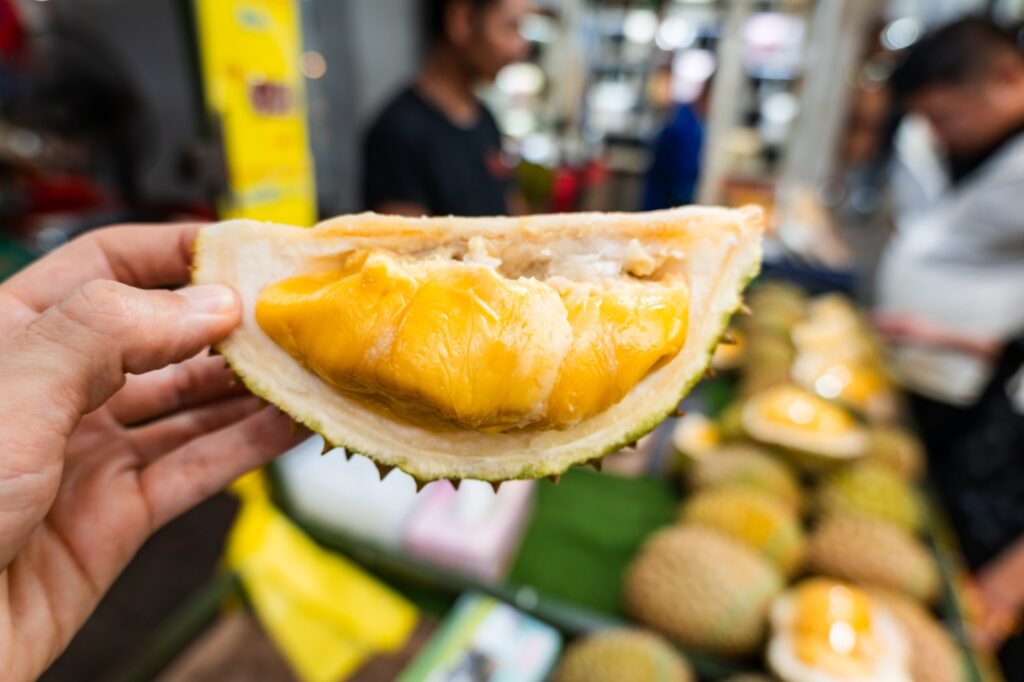
How to choose a good durian
When you’re picking out durian, you need to pay close attention to a few specific things. Start by looking at the spikes. They shouldn’t be broken, dry, or too brittle — those are signs that the fruit is getting old. The color can vary by type, but usually, ripe durians are a mix of greenish and brownish tones. If the skin is completely brown or has obvious dark spots, move on, because that means it’s probably past its prime.
Next, pick it up carefully. It should feel heavy for its size, which usually means there’s a good amount of flesh inside. Gently press your thumb between the spikes. The skin should have a slight give without being mushy. If it’s rock-hard, it might not be ripe yet, and too soft means it’s overripe or even spoiled.
You can also give it a gentle shake. A ripe durian usually has a subtle rattling sound inside, which means the fruit has separated slightly from the shell and is ready to eat. No sound at all usually indicates the fruit isn’t ripe enough.
Finally, pay attention to where you’re buying durian. Asian markets that sell them regularly tend to have fresher fruit because they move inventory faster. And remember, buying frozen durian isn’t a compromise. It’s usually flash-frozen soon after harvest, which preserves the texture and sweetness well, making it a practical choice if you’re unsure about fresh options.
Durian desserts you can start with
Sweet things are the easiest way to try durian. Durian ice cream is popular because freezing it reduces the smell, and the sweetness hides the strong taste. Just blend durian pulp into your favorite ice cream base and freeze.
Another easy dessert is durian pancakes. Mix durian pulp with whipped cream or mascarpone cheese, wrap it in a thin pancake and add some fruit if you want. This combo is mild enough even if you’re new to durian.
Durian smoothies are also easy. Blend durian pulp, milk, sugar, and ice together. The milk and ice tone down the smell, giving you a creamy drink without the full strength of fresh durian.
Easy durian snacks to try
If you’re not ready for fresh durian yet, durian chips might be easier to handle. They’re thin slices of durian fried until crispy, so the flavor is mild and the smell is barely noticeable. Asian grocery stores usually stock these near other dried snacks, and they’re convenient to grab.
You could also try durian pastries, like puffs or mooncakes. Durian puffs are filled with a creamy, lightly sweetened durian mixture wrapped in flaky pastry. Mooncakes have a thicker, denser filling, sometimes mixed with lotus or bean paste, which helps tone down the durian’s intensity.
Steamed buns with durian paste filling are a good way to try durian, too. The bread around the filling is soft and chewy, which helps balance the flavor. You’ll find them refrigerated or frozen at Asian bakeries or markets. Heat them briefly before eating for the best texture.
Simple ways to add durian to your meals
Durian works best when you pair it with ingredients that help balance its strong flavor. One popular choice is durian sticky rice. The sticky rice and sweet coconut milk soften the intensity, making the fruit easier to try if you’re new to it.

If you already know you like coconut milk in bold dishes, savory meals such as curry salmon with coconut milk and bok choy are another good way to explore strong flavors.
If the texture of durian seems intimidating, start with smoothies or milkshakes. Blending durian pulp into cold drinks helps mellow the smell and taste. You could also mix durian into cheesecake batter or pudding. Dairy naturally reduces durian’s intensity, creating a smooth, balanced dessert that’s beginner-friendly.
Another easy way to start with durian is to turn it into a sauce. Blend durian pulp, coconut milk, sugar, and a pinch of salt until smooth, then drizzle over pancakes, waffles, or even a plain cake. This sauce takes the edge off durian’s strong flavor and lets you control how much you use.
If you’re ready to experiment more, try adding durian to fried rice. Stir-fry cooked rice with eggs, vegetables, garlic, and onions, then gently mix in small amounts of durian pulp toward the end. Cooking it lightly preserves its sweetness, while spices and other flavors in the dish keep it mild and manageable.
Durian is worth trying
Durian’s smell can seem strong at first, but it’s something you can work around. Start with small amounts or add it to foods you already like. Handle it the way you would any strong ingredient: keep portions controlled, store it well, and use flavors that balance it. As you get used to preparing and eating it, the smell and taste become easier to handle. With time and a few different approaches, you’ll figure out how you like it and which forms work best for you.

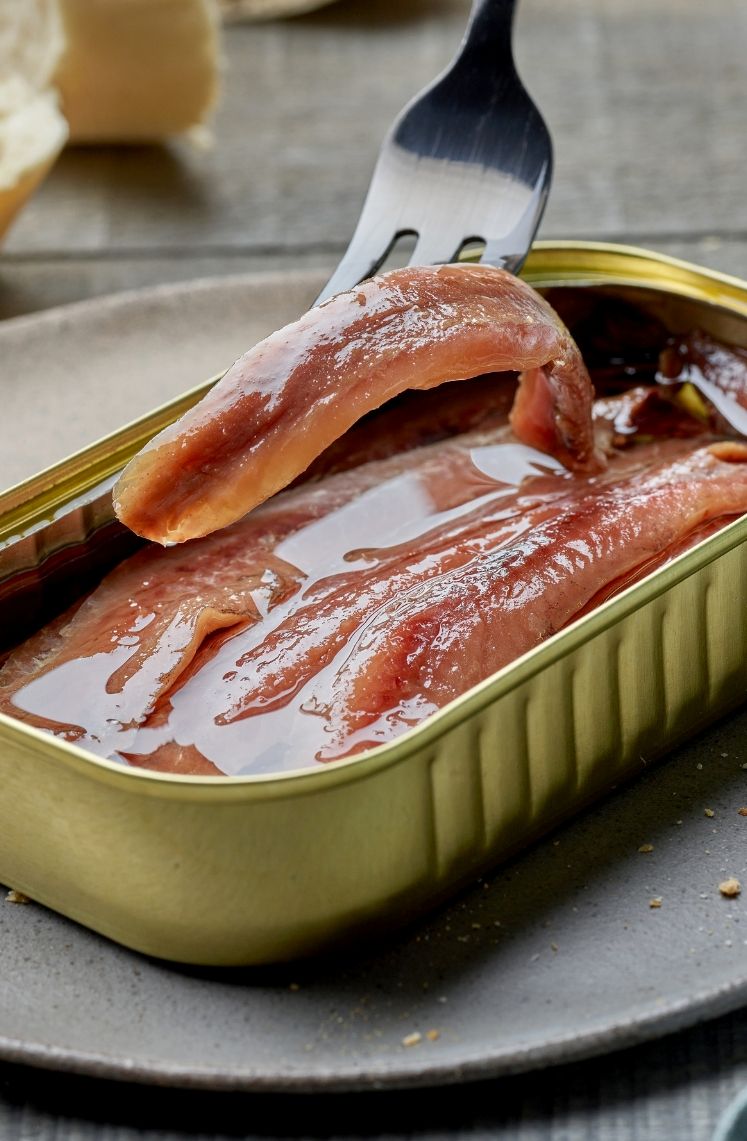

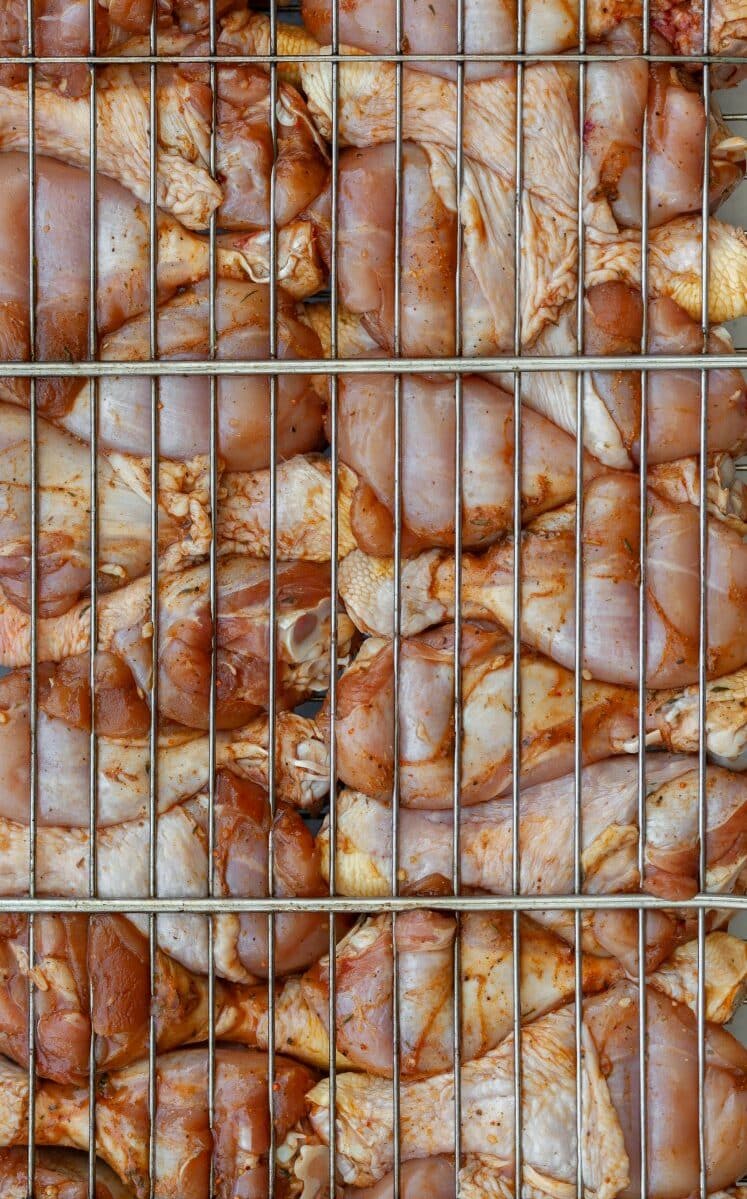
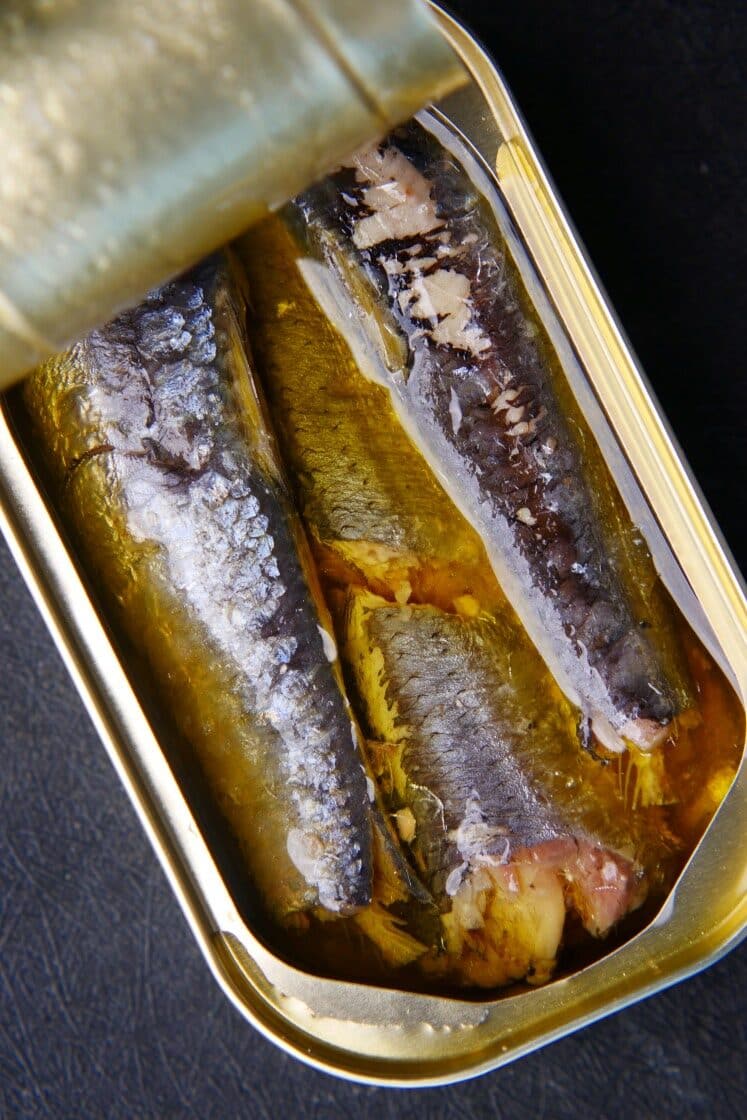



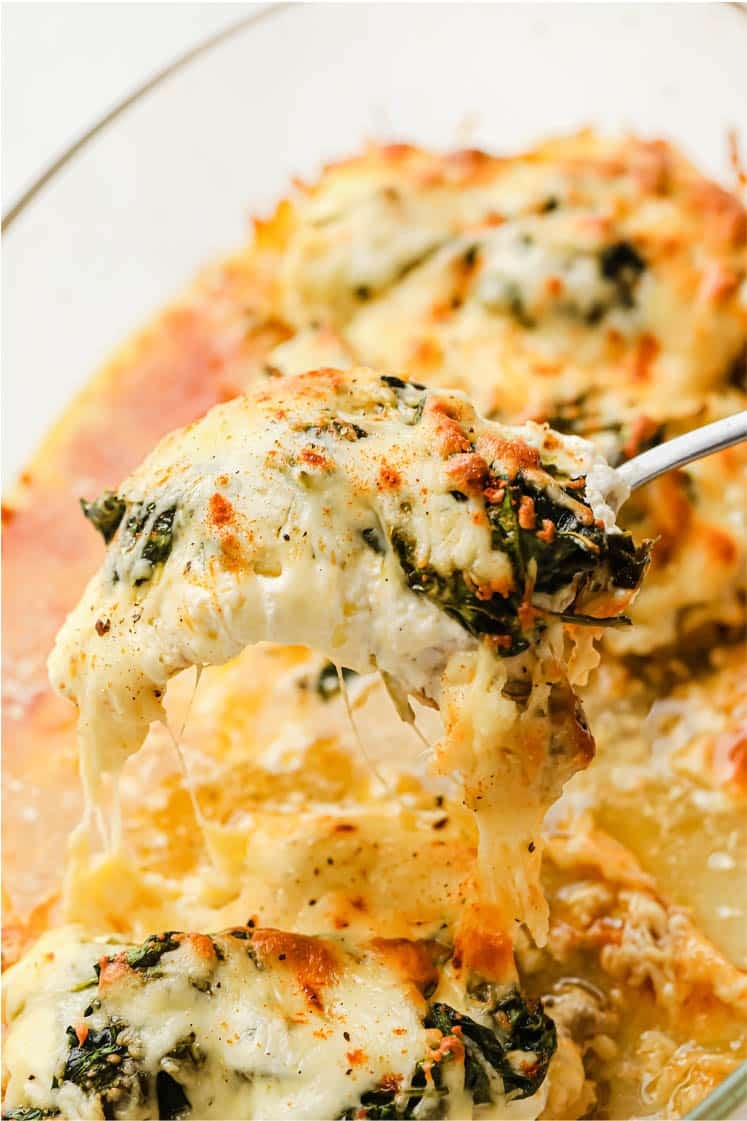
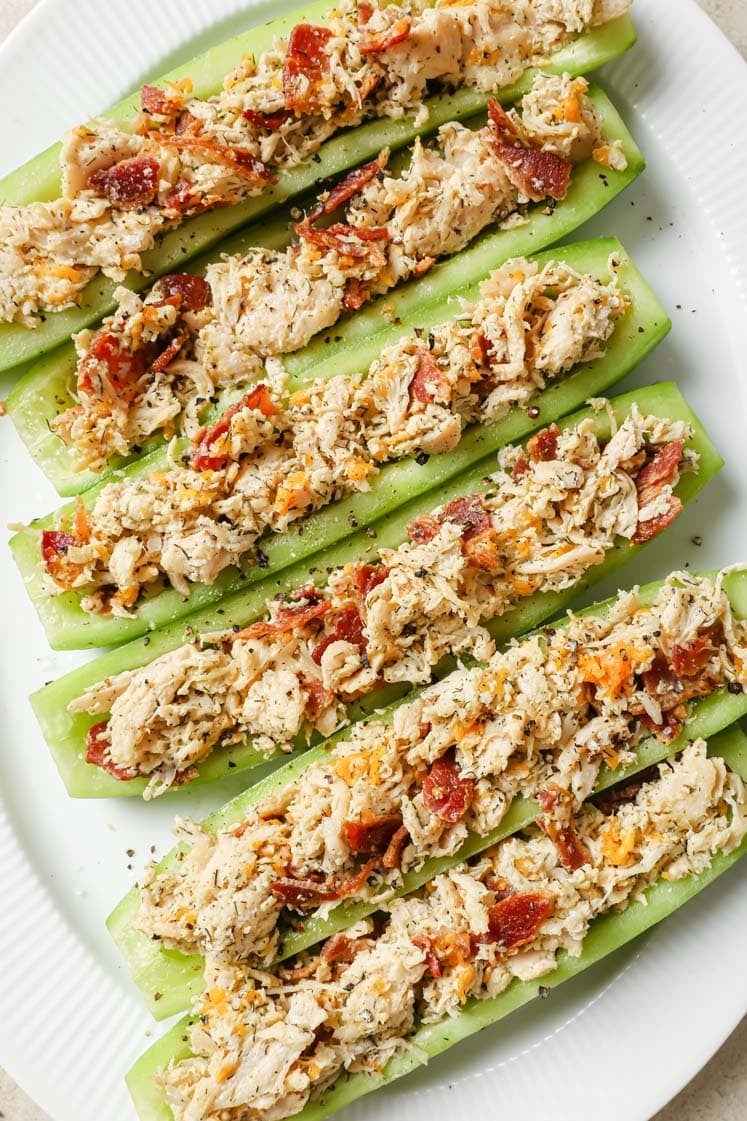
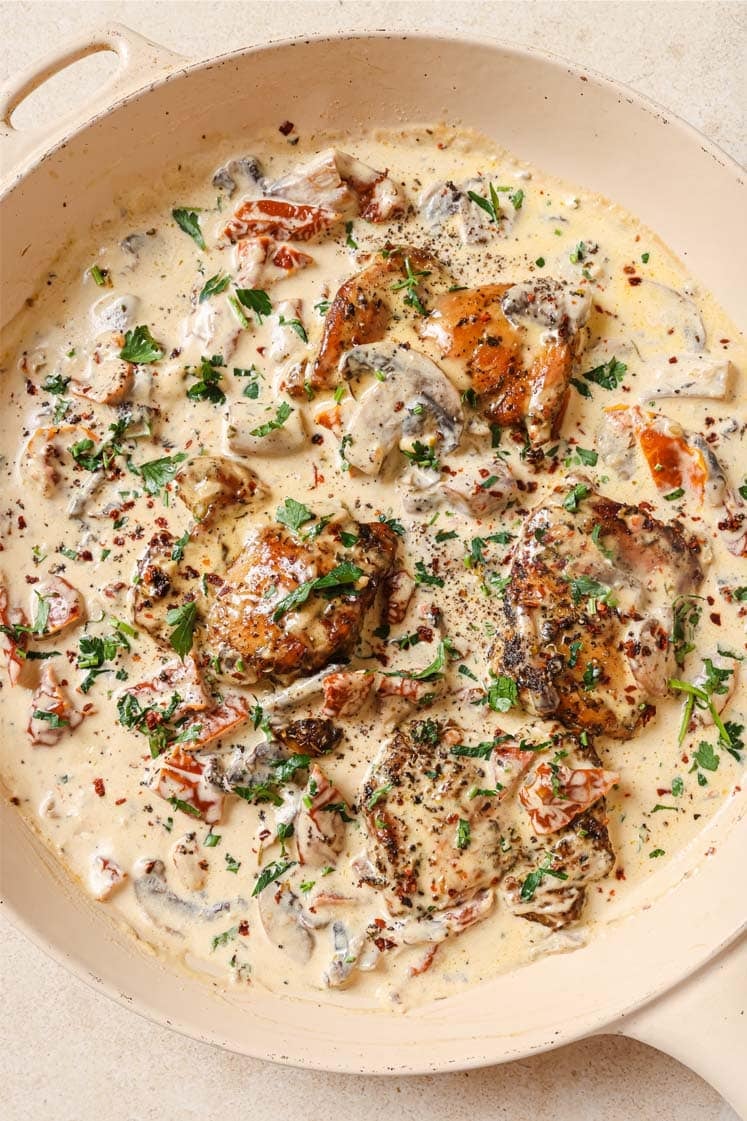

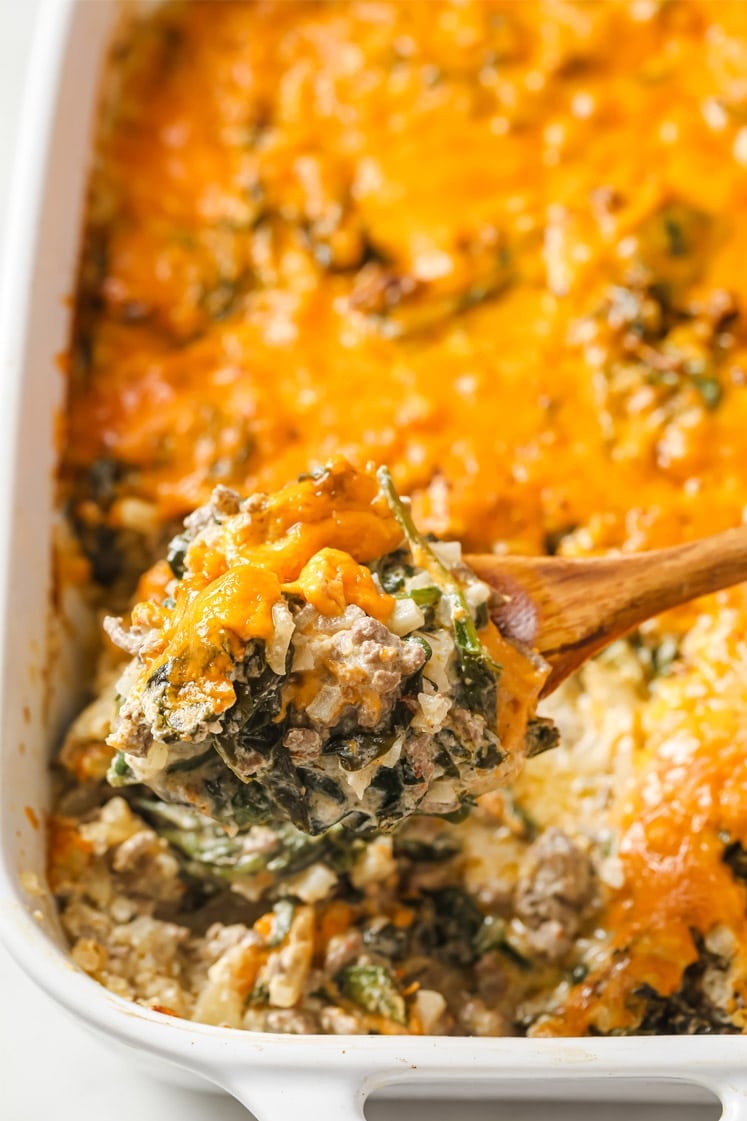
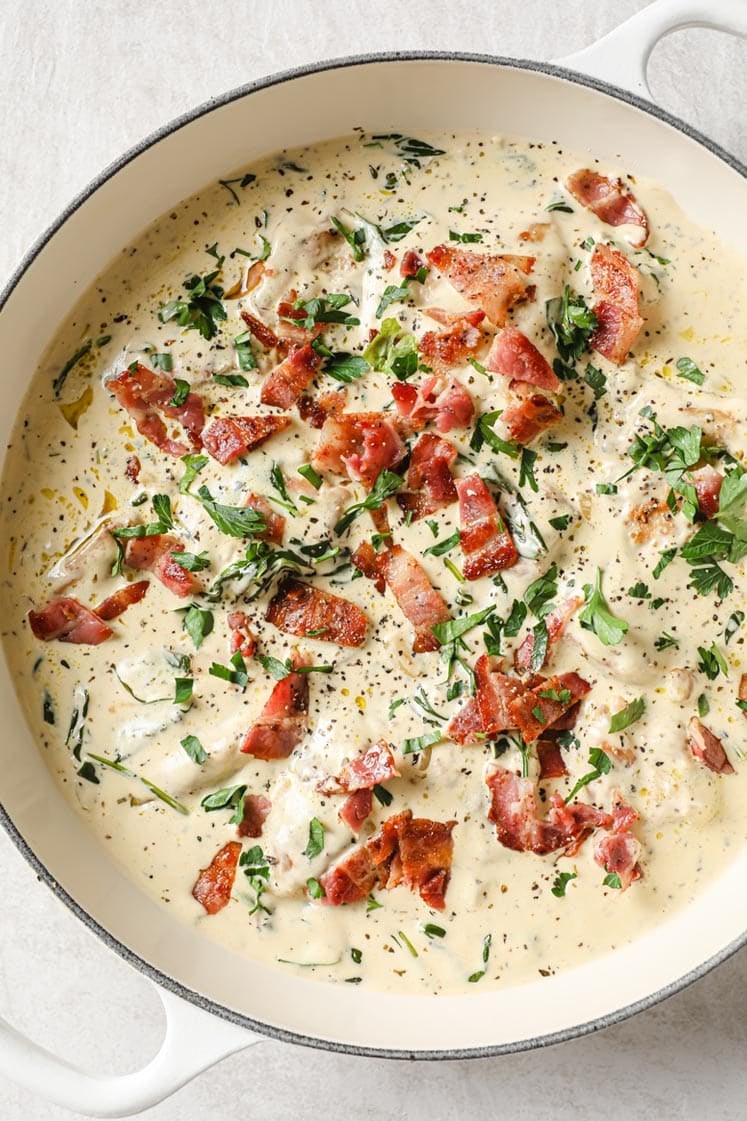

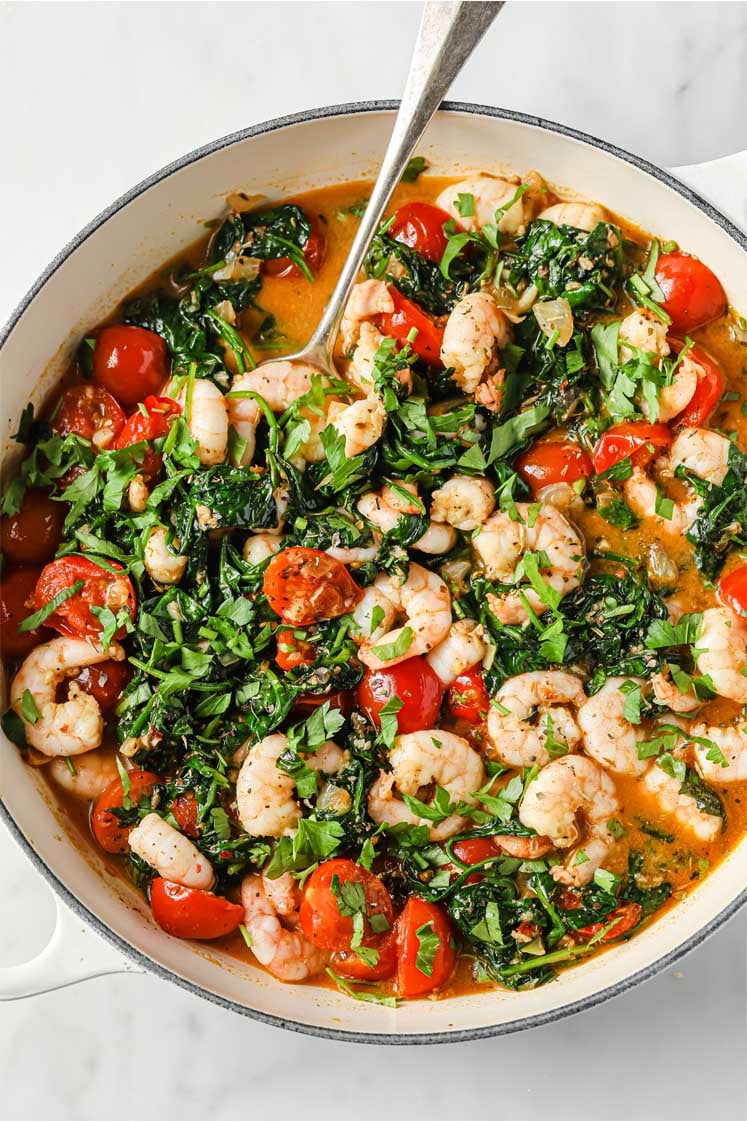

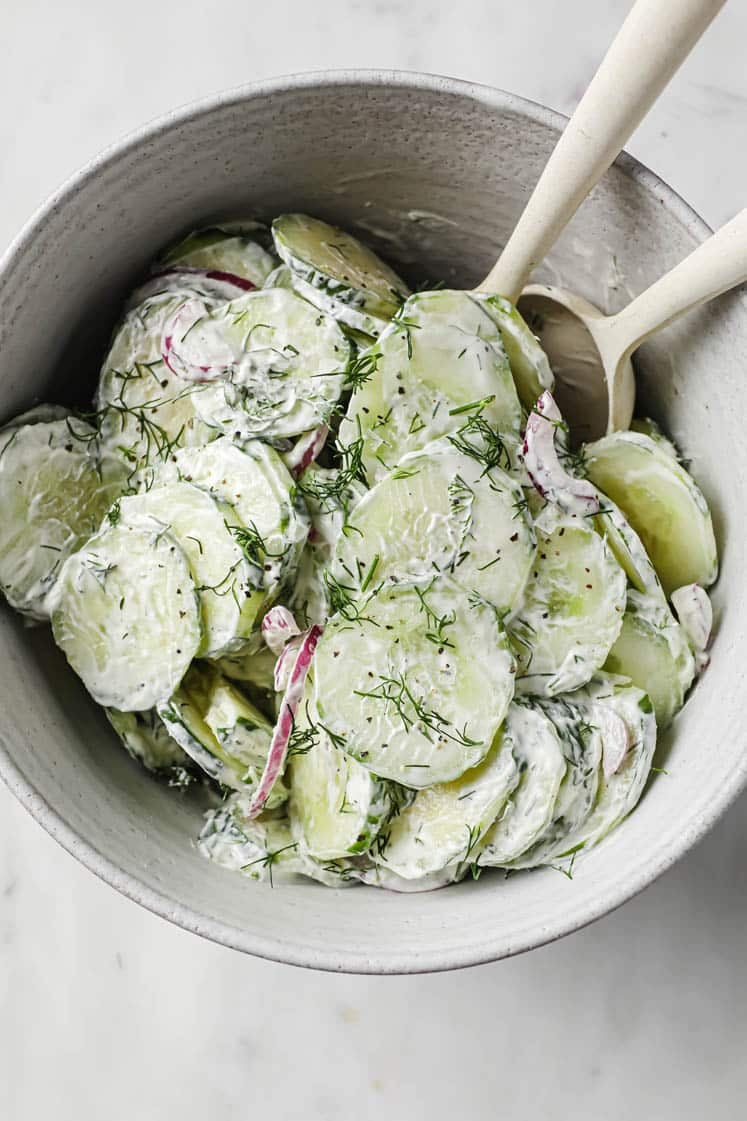









Leave a Reply